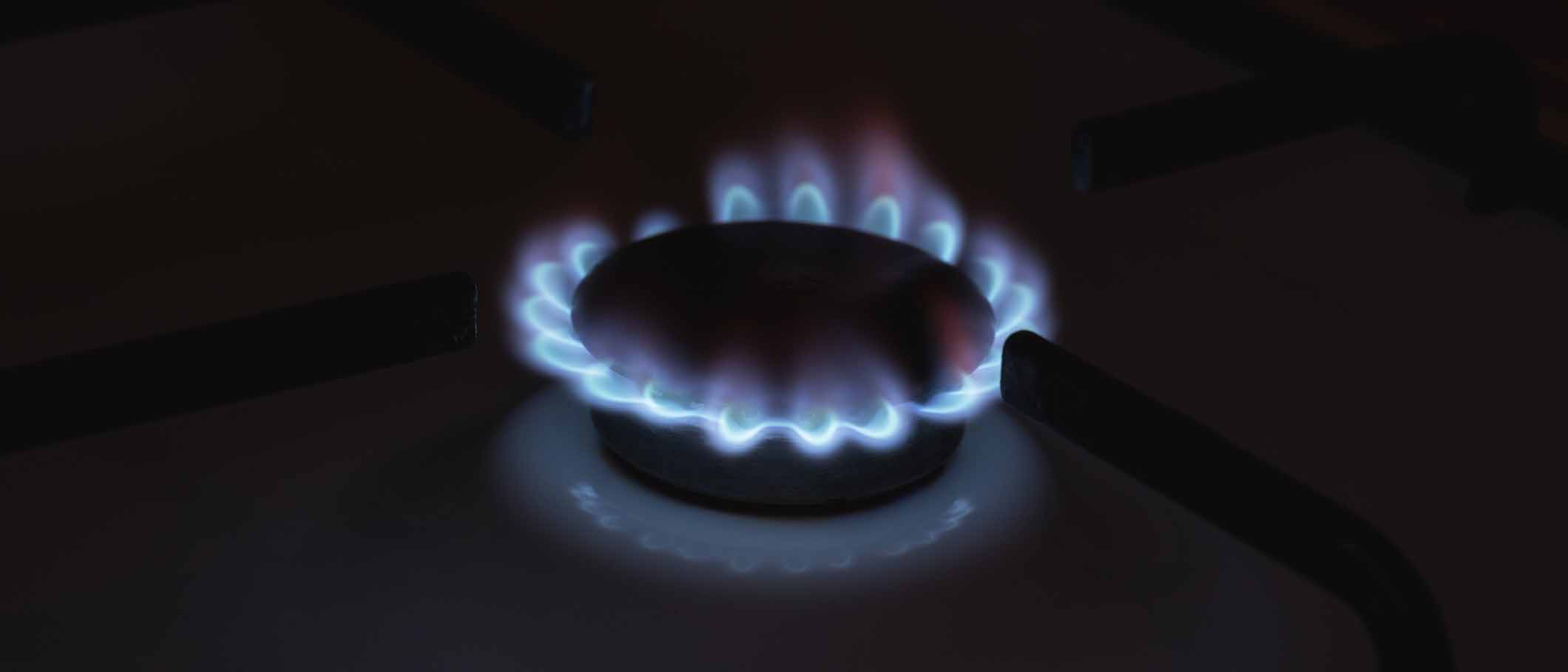
Sometimes, despite my best efforts, I wonder if the inherent requirements of restaurant cookery and service are even remotely compatible with 21st century knowledge and beliefs with regards to minimizing one’s impact on the environment. While eating may well be a necessity, it remains very difficult to define dining out as anything other than a luxury. As hard as it might be for chefs to admit, the world would continue to turn if we all shut up shop.
When I first entered a professional kitchen, I was shocked at the inefficiencies and wastage on display. Yards of plastic wrap to ballotine individual portions of chicken. Burners flamed first thing and left on all day, regardless of whether there was a pot or pan simmering away on top of them. Pot wash sinks with constant streams of running water and cleaning chemicals. At the high end it remains commonplace for any items of mise en place or even ingredients that don’t measure up to the standards expected by the chef to end up in the trash can. The pursuit of perfection is not a quest that allows for the annoying deviations towards sustainability.
Historically, there have always been ways to minimize wastage and use up surplus trim, non-prime cuts or less-than-desirable assorted mise en place. The classical French tradition gave us charcuterie and country cooking. From Italy we got cucina povera. Even many of the processed foods we enjoy today are relics of a time when it was necessary to extricate every last scrap available to a creative cook. It certainly wasn’t the chef of a royal household who invented cassoulet, panzanella or hamburgers.
Complex responsibilities
But our awareness of what constitutes sustainability now goes far deeper than it did a century, or even a decade, ago. The responsibilities for chefs and operators to demonstrate that they work in a more environmentally conscious fashion will only get more complex as consumers become increasingly aware of how their decisions impact the natural world. Among this there are a few pioneers. There is a far greater – and more vocal – desire for seasonality and closer working relationships between chefs and the farmers who supply their kitchens.
Rising energy and operating costs have added a further incentive to reduce energy use and it is (thankfully) now vanishingly rare to see a six-ring burner blazing at full tick all day. Far more kitchens are working towards the removal – or significant reduction – of single-use plastics, while rising food costs have made most of us painfully aware of the importance of minimizing wastage and being more creative with the use of food that might previously have gone in the garbage.
This, however, can present secondary complications – particularly when the processes required to transform food waste into something useful require a significant amount of time, energy, money, or all three. It’s all very well alchemizing potato peelings and mackerel bones into a delicious sauce, but if it takes a disproportionate amount of energy to do so then is it any more sustainable than just dumping them in the composter?
I come up against these puzzles and contradictions on a daily basis: weighing up the pros and cons of accepting something as food waste versus the potential within it to become something tasty, but only after prolonged research. When doing so, there is a quote from a famous environmentalist that rolls round my head, a certain Kermit the Frog, who has always known that it’s not easy being green.
The Secret Chef
